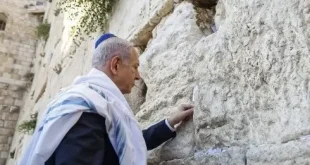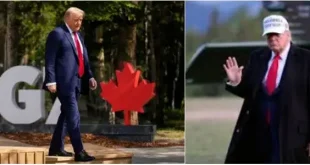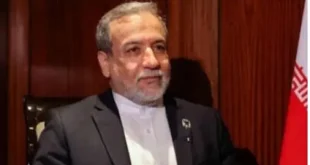Date: 17 June 2025 | Newsmakers Web Desk
In a rapidly escalating four-day war between Israel and Iran, U.S. President Donald Trump is considering a pivotal move: whether to directly enter the conflict by deploying the Massive Ordnance Penetrator (GBU-57) to destroy Iran’s fortified Fordo nuclear facility — a target only reachable by American B-2 bombers.
Key Decision Point
If Trump gives the green light, the U.S. would become a direct participant in the conflict, contradicting his long-standing campaign promises to avoid further Middle East wars.
Diplomatic Efforts
- Trump has floated the idea that Iran is ready for talks, saying on Monday that they’re “at the negotiating table.”
- Behind the scenes, envoys like Steve Witkoff and VP JD Vance may have explored diplomatic outreach.
- Iranian Foreign Minister Abbas Aragqchi expressed openness to diplomacy — if the U.S. can restrain Israeli Prime Minister Benjamin Netanyahu.
Military Realities
- Israel alone cannot destroy Fordo; it lacks the aircraft and weaponry.
- The GBU-57 is the only bomb capable of penetrating the site and must be dropped by U.S. forces.
- An attack would likely require multiple sorties, coordinated and sustained by American B-2 bombers.
Divided Opinions
- Hawks like Sen. Lindsey Graham advocate for full support to Israel, including military assistance.
- Isolationist voices in the GOP, notably Tucker Carlson, warn against getting dragged into “another endless Middle East war.”
- The Pentagon is similarly split, with some arguing that resources are better focused on countering China.
ANALYSIS
Based on reporting by The New York Times
1. Fordo as a Flashpoint
Fordo is not just another target; it’s central to Iran’s nuclear capability. If left untouched, experts argue, Iran retains the ability to rebuild its enrichment capacity, preserving a latent nuclear threat.
2. Trump’s Balancing Act
Trump’s actions suggest a strategic ambiguity:
- He wants to apply pressure without full military commitment.
- He must appease two constituencies: pro-Israel interventionists and MAGA-aligned anti-war conservatives.
This ambiguity is politically useful — for now.
3. Iran’s Calculated Diplomacy
Iran’s message, via Araqhchi, was calculated: open to peace, but only if Israel is reined in. This puts the ball in Trump’s court — and offers a possible diplomatic offramp, albeit a narrow one.
4. Global and Strategic Consequences
- A U.S. attack on Fordo would escalate the conflict dramatically.
- It would likely end any chance of reviving a nuclear deal.
- It risks a broader war that could draw in U.S. bases and allies, and destabilize oil markets.
5. Pentagon Tensions
Some in the Pentagon view Iran as a critical threat; others worry that focusing on the Middle East distracts from America’s long-term strategic rivalry with China, especially in the Indo-Pacific.
Conclusion
As reported by The New York Times, Trump faces a high-stakes choice that will define both the regional conflict and his administration’s legacy. Whether he chooses coercive diplomacy or full military engagement could alter the trajectory of U.S. foreign policy for years to come.
Source: New York Times, June 2025




